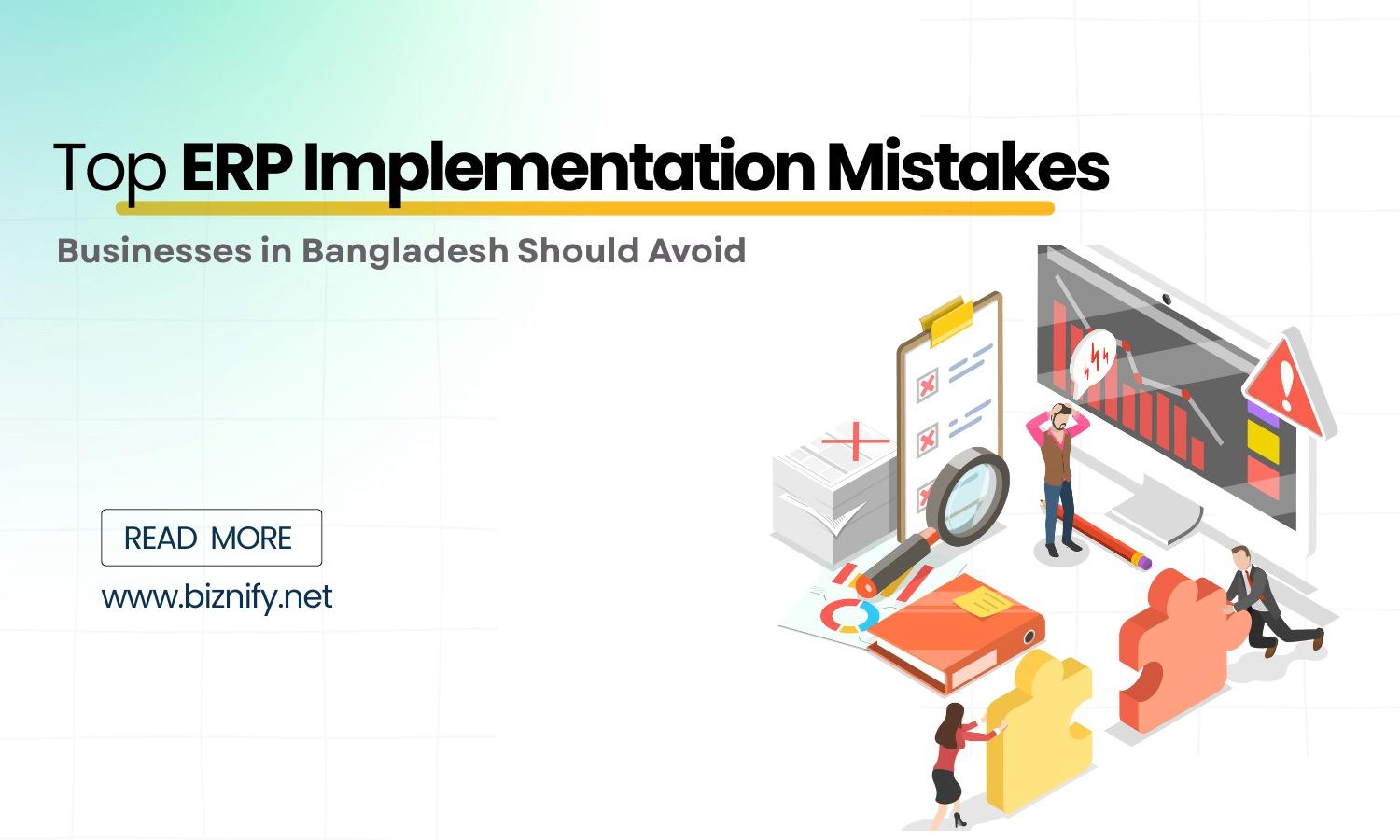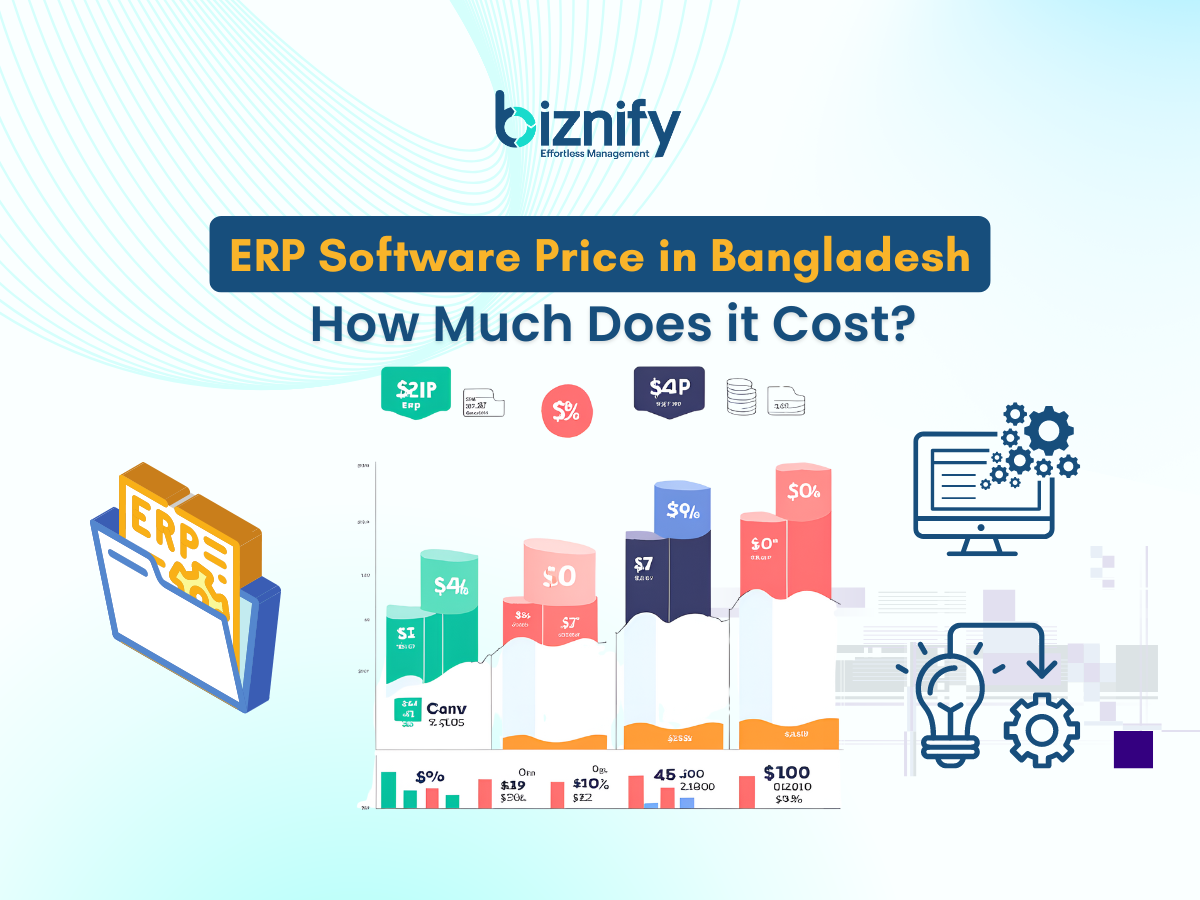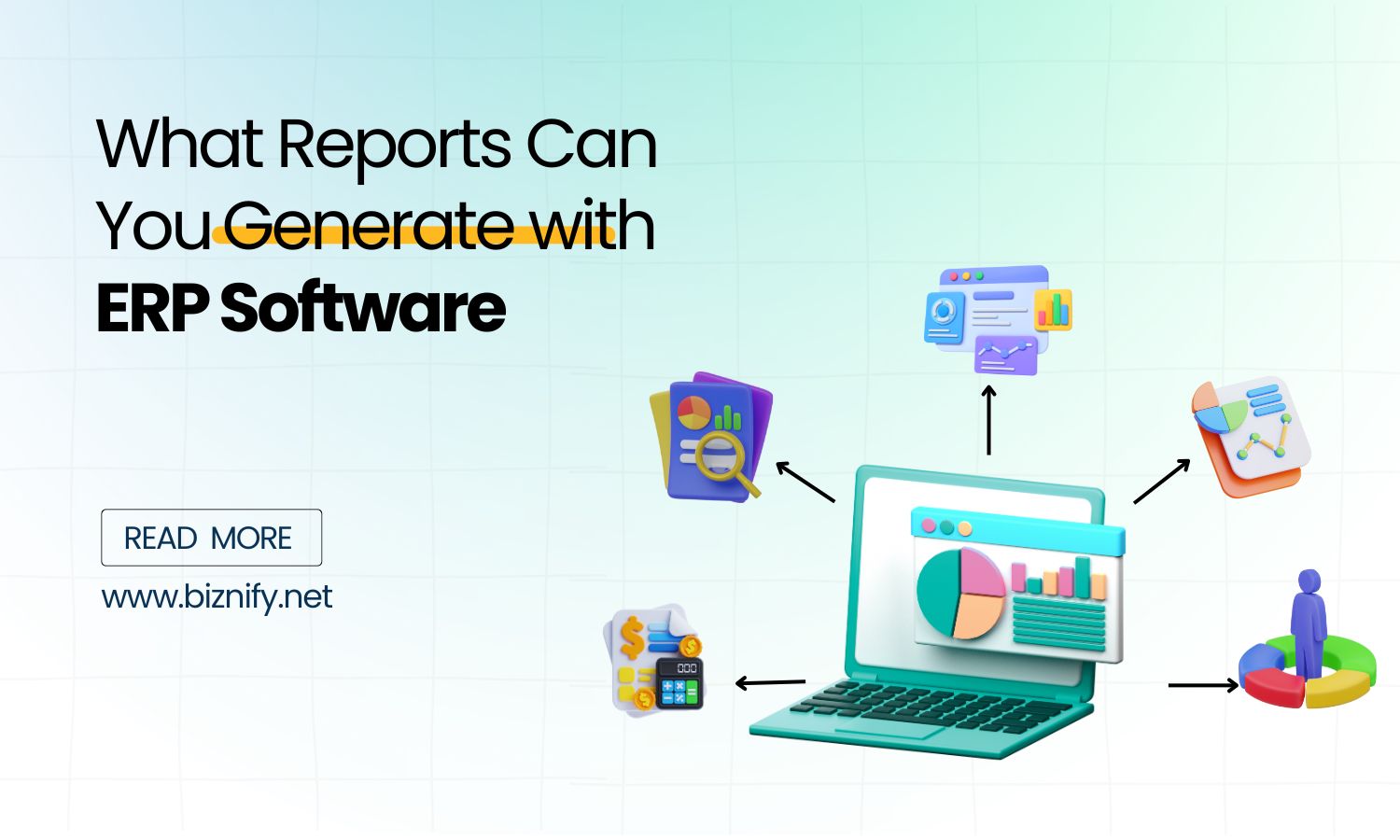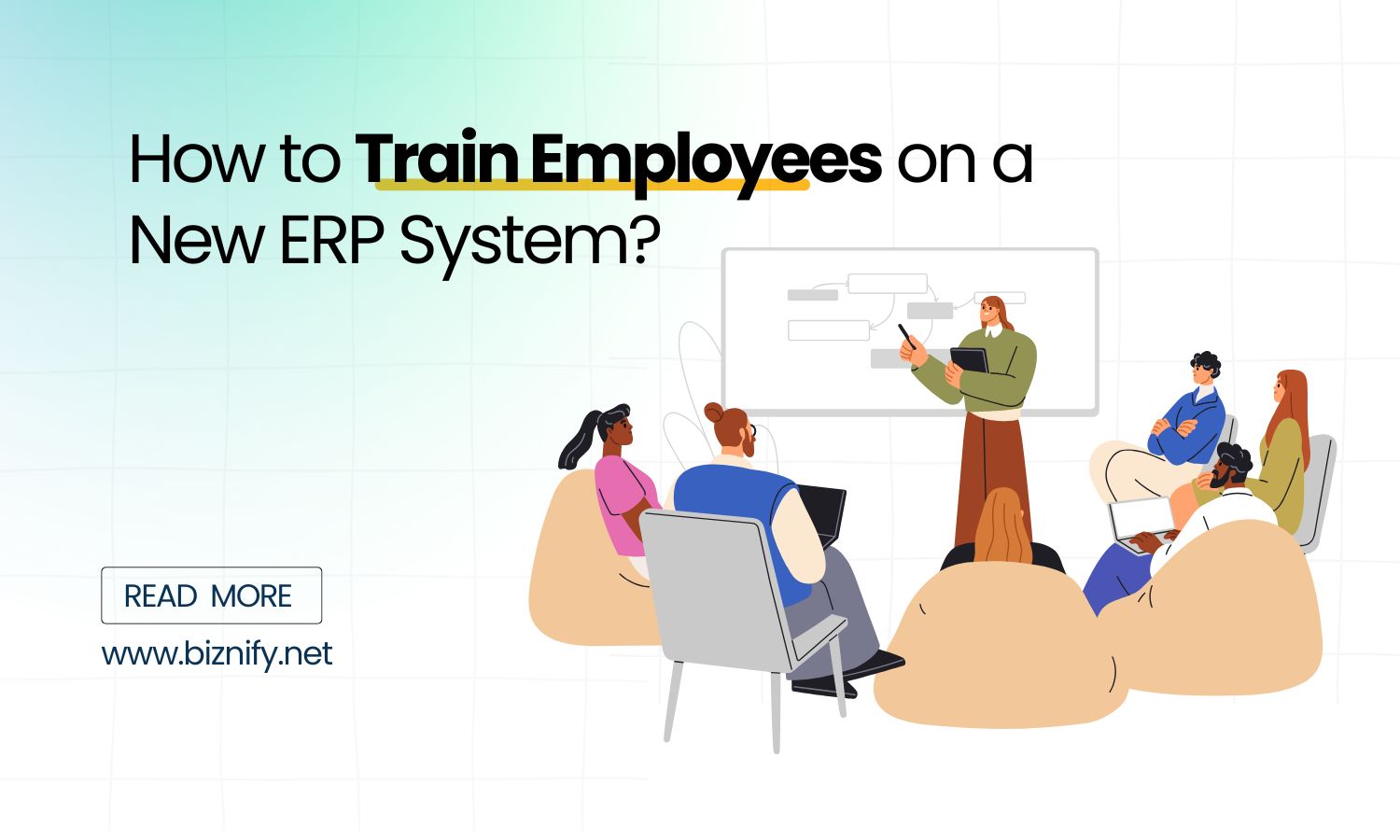
Rolling out an ERP system is not just a software decision — it’s a business transformation. And in Bangladesh, where teams are juggling daily operations with limited tech support, the risk of getting it wrong is real.
You can buy the best ERP software in Bangladesh. You can automate everything. But if the foundation isn’t right — unclear goals, poor training, the wrong setup — the system won’t deliver.
This blog highlights the most common ERP implementation mistakes seen across Bangladeshi businesses and shows how you can avoid them with simple, smart planning.
Whether you’re switching from spreadsheets or scaling across branches, these insights can help you launch your ERP project the right way.
Embarking on an ERP implementation without a well-defined objective is akin to setting sail without a compass. Businesses often invest in ERP solutions without articulating specific goals, leading to ambiguous outcomes and underutilization of the system's capabilities.
Solution: Before initiating the ERP implementation, clearly outline the business objectives you aim to achieve. Whether it's improving inventory management, enhancing financial reporting, or streamlining HR processes, having a focused goal will guide the implementation process and provide measurable benchmarks for success.
Implementing an ERP system without a thorough understanding of current business processes can lead to misalignments and inefficiencies. Without mapping existing workflows, there's a risk of the ERP system not fitting seamlessly into daily operations, causing disruptions and employee frustration.
Solution: Conduct a comprehensive analysis of existing workflows across all departments.Identify areas of inefficiency (especially in disconnected retail or stock workflows) and map them early. This is key in avoiding the top inventory mistakes Bangladeshi SMEs must avoid. This proactive approach ensures that the ERP solution complements and enhances current processes rather than complicating them.
A common oversight in ERP implementation is underestimating the importance of user training. Generic demos don’t work. Real training means hands-on examples, real data, and time to adapt. Without adequate training, employees may struggle to adapt to the new system, leading to errors, decreased productivity, and resistance to change.
Solution: Develop a structured training program tailored to different user roles within the organization. Ensure that employees are comfortable with the new system before it goes live. Ongoing support and refresher courses can also help maintain proficiency and confidence in using the ERP system.
If you're rolling out ERP across a team, this step-by-step training guide for Bangladeshi businesses breaks it down by role and stage.
Opting for an ERP system loaded with features that aren't relevant to your business can lead to unnecessary complexity and increased costs. Overcomplicating the system can overwhelm users and hinder adoption.
Solution: Focus on selecting an ERP solution that offers features aligned with your business needs. For instance, Biznify provides modular options, allowing businesses to choose functionalities pertinent to their operations, ensuring a streamlined and user-friendly experience.
Without a designated project owner, ERP implementations can suffer from a lack of direction, accountability, and coordination. This can result in delays, budget overruns, and a system that doesn't meet business requirements.
Solution: Appoint a dedicated project manager responsible for overseeing the ERP implementation. This individual should coordinate between departments, manage timelines, and ensure that the project stays aligned with business objectives.
Neglecting to configure the ERP system to comply with local regulations, such as VAT reporting and payroll standards in Bangladesh, can lead to legal complications and financial penalties.
Solution: Ensure that the ERP system is customized to meet local compliance requirements. Solutions like Biznify are designed with Bangladeshi regulations in mind, offering features that facilitate adherence to local laws and standards.
To circumvent these common pitfalls:
Set Clear Objectives: Define what you aim to achieve with the ERP implementation.
Understand Your Processes: Map existing workflows to ensure the ERP system aligns with your operations.
Invest in Training: Equip your team with the necessary skills to use the new system effectively.
Customize Thoughtfully: Choose features that are essential to your business, avoiding unnecessary complexity.
Assign Responsibility: Designate a project owner to oversee the implementation process.
Ensure Compliance: Configure the system to adhere to local regulations and standards.
Implementing an ERP system is a significant undertaking that, when done correctly, can transform your business operations. By avoiding common mistakes such as unclear objectives, inadequate training, and neglecting local compliance, businesses can fully leverage the benefits of ERP software. Solutions like Biznify offer tailored features that align with local business needs, ensuring a smoother implementation process and long-term success.





Just exploring ERP or unsure which modules you need? The Biznify team’s here with straight answers.